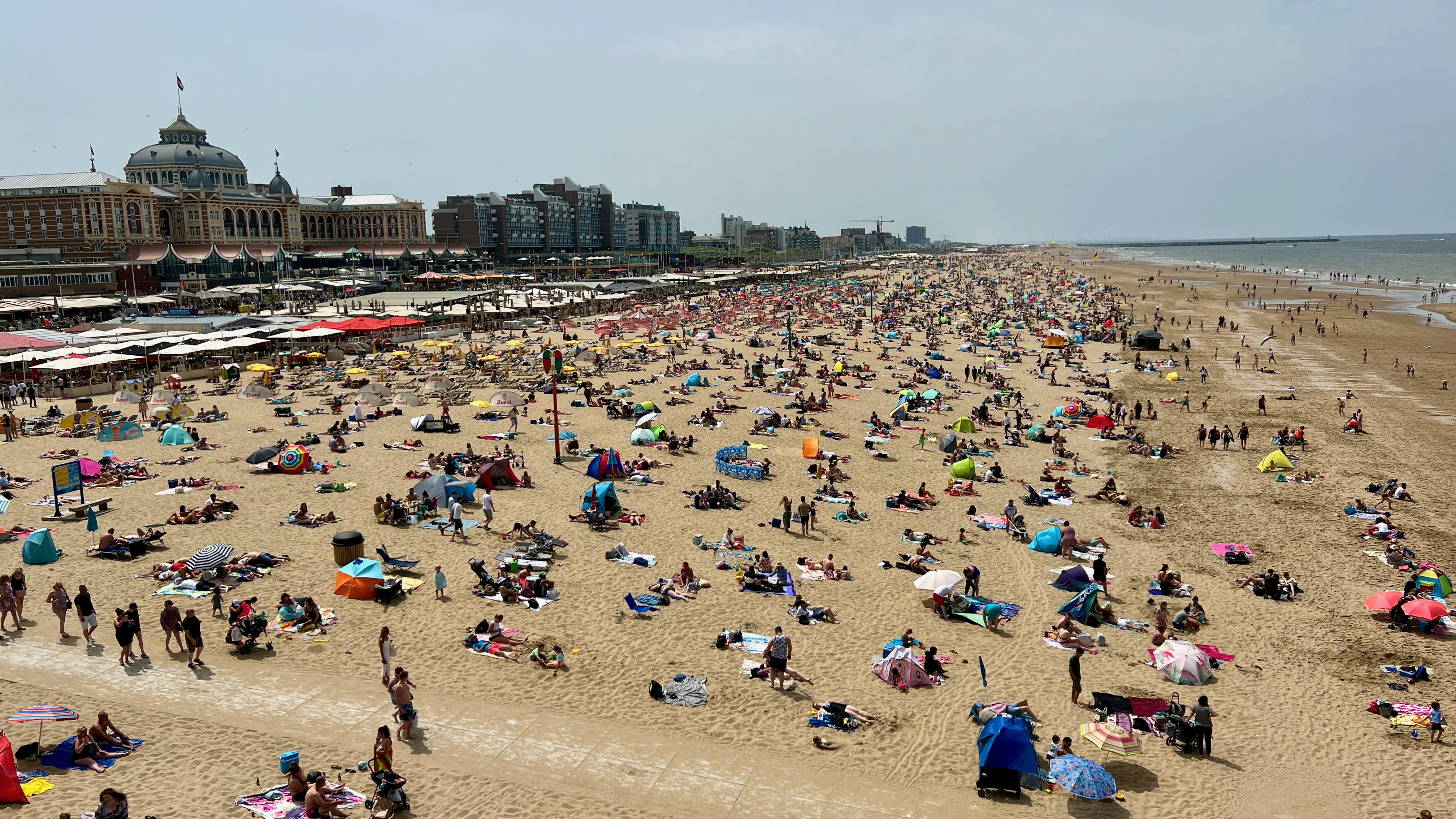What the Dutch is That?
Windmills: More Than a Postcard
You can’t look at a windmill without thinking Holland. They’re stitched into every postcard, perched behind every row of tulips, spun into the stories people tell when they come home from a trip to the Netherlands.
But then someone asks—“What do they actually do?”—and I realize most people don’t know. They’ve seen them, maybe even toured one, but the purpose is still a mystery. Windmills have become symbols before they’ve been understood.
So here it is. The first in a series I’m calling What the Dutch is That??—a soft dive into the everyday icons of the Netherlands, beginning with the one that’s been turning in the background all along.
The Windmill Was a Tool First, Not a Treasure
Long before the gift shops and Instagram shots, the Dutch windmill was a piece of critical infrastructure. Practical, not picturesque.
Some were built to grind grain. Others helped saw timber for ships. But the most significant were the ones built to move water—out of the land and into the rivers. Because much of the Netherlands sits below sea level, windmills became a way to live with the water instead of surrendering to it.
They didn’t just pump water. They made land livable. Habitable. Arable. Without them, large swaths of the country would still be wetlands or sea.
The Country That Built Itself from Water
Picture this: you’re standing in a flat green field, maybe with cows and clouds and the smell of wet earth. That land didn’t used to be land at all. It was water—until people claimed it back.
The Dutch call this land a polder, a tract reclaimed from the sea or a lake, protected by dikes and kept dry by pumps. Originally, those pumps were windmills.
You can think of them as the heart of the land reclamation system. The dikes kept water out, and the windmills kept water moving—channeling it up and out, into canals, into rivers, eventually back toward the sea.
This wasn’t occasional work. It was constant. A windless day meant a slower pulse. A storm meant bracing for flood.
Forms and Functions, Turning Through Time
There are different types of windmills, each designed with a purpose. The tall, stone tower mills; the squat, rotating-top smock mills; and post mills, some of the oldest, where the whole structure turns with the wind.
The oldest Dutch windmill still standing was built around 1441. But the concept dates even earlier, with roots in the Middle East and Asia. The Dutch refined them. Multiplied them. At their peak in the 19th century, there were over 9,000 windmills spinning across the Netherlands.
Today, only about a thousand remain—and only a fraction of those are still in working order.
To Be a Miller Was to Be Essential
Milling wasn’t a side job. It was a life. The miller was an engineer, caretaker, and laborer all in one. They lived on site, climbed stairs and checked sails, listened to the rhythm of gears in their sleep.
They read the weather like scripture. They knew how to harness a gust and when to brake the sails before the wind turned dangerous. They kept the water moving, the grain flowing, the village fed.
It’s quieter now. But a few traditional millers remain, certified and trained, keeping the old craft alive. Some still live in the mills. Some still climb those same creaking stairs.
Not Every Dutch Town Is a Windmill Wonderland
Here’s a truth that might surprise outsiders: not every corner of the Netherlands is windmill country.
You’ll find the highest concentration of historic windmills in the western provinces—particularly South Holland and North Holland, where the water management stakes were (and still are) highest. This is where Kinderdijk, Zaanse Schans, and dozens of other postcard scenes are located. Windmills here were less a novelty and more a matter of survival.
In contrast, some eastern and southern regions—like parts of Limburg or Brabant—had fewer windmills and more elevation to work with. The landscape didn’t demand the same degree of hydraulic ingenuity. In those places, windmills were often more industrial than iconic—used for milling grain or oil, not draining entire landscapes. So the cultural attachment is different. There are people who grew up in the Netherlands without ever living near one.
You’ll sometimes hear a wink of regional rivalry, too. People from the more elevated south might joke that “everything north of the rivers is water and wind.” And folks from the west—who grew up with the constant presence of dikes, canals, and yes, windmills—can’t help but see them as part of their birthright.
So while the windmill has become a national symbol, its roots are far more local—tied to the land, the water, and the urgency of place.
Where to See Them Now
You can still visit Kinderdijk, where 19 windmills stand in their original polder setting, working in unison with modern pumps. Or head to Zaanse Schans, a more curated historic village with preserved mills and craftspeople at work. Both are beautiful—if a bit theatrical.
But some of the best windmills are the ones you stumble upon. Driving through Friesland, biking near Utrecht, walking along a canal where sails creak lazily in the wind. They’re less polished, but somehow more honest.
The Stillness Behind the Spin
Every time I see a windmill now—whether silhouetted in twilight or turning over a silent field—I think about how much work it once held. How essential it was. How it carried not just grain or water, but the ability for people to stay and build a life in this unlikely, water-bound land.
It’s more than a postcard.
It’s a monument to adaptation, to patience, to the quiet ingenuity of people who looked at a flooded plain and thought, We can make this work.
About What the Dutch is That?
Why are windmills, tulips, and wooden shoes so deeply tied to the Dutch identity? What’s real, what’s myth, and what’s been quietly misunderstood?
What the Dutch is That? is a series that unpacks how certain things became synonymous with the Netherlands—and what they reveal about the people, the land, and the rhythm of life here. Not just symbols, but stories. Not just icons, but origins.







